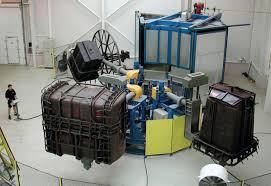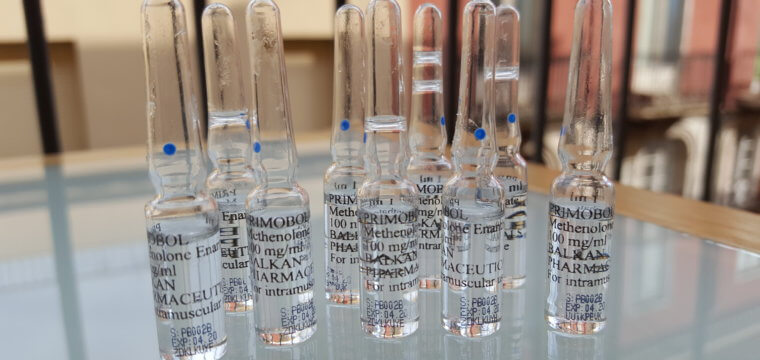Rotational molding is a manufacturing approach utilized for producing hollow plastic goods. It demands revolving a mold around two perpendicular axes to disperse the plastic-type material substance evenly during the entire mold. The result can be a tough, substantial-top quality plastic-type material product with consistent wall density – a stark comparison to classic manufacturing strategies. When rotationally molded plastics were created and made carefully, they can last for years and include visual attract any merchandise.
The procedure of Rotational Molding starts off with the development of a mildew – a hollow cavity with the desired model of the item. The fungus will be packed with plastic resin powder, often made from polyethylene (PE), which is amongst the most often used resources in rotational molding. Up coming, the mildew is heated up, and although it’s still warm, it’s rotated on two perpendicular axes. The centrifugal power made from the rotation distributes the plastic material substance evenly during the entire fungus.
One of many understanding features of your rotational molding approach is its flexibility. Almost any condition or dimensions of plastic-type material merchandise can be created employing rotational molding. From big tanks to tiny healthcare units, the process is well suited for producing merchandise with intricate shapes or capabilities that would be out of the question with some other plastic production tactics.
In relation to the standard of the resulting plastic-type material goods, rotational molding offers quite a bit to offer. This process results in items with extremely uniform wall structure thickness – a feature that’s often critical for weight-bearing or pressure-sensitive applications. Moreover, rotational molding can cause goods with complex designs and undercuts – functions that boost their functionality and artistic attraction.
One of many benefits associated with rotational molding is that it enables the addition of chemicals inside the plastic-type material material through the developing process. Preservatives like UV stabilizers, antimicrobials or flame retardants can boost the properties from the producing plastic product, creating the products stronger and very long-enduring. In addition, because the plastic-type materials found in rotational molding are comparatively cheap, the finished merchandise is usually relatively inexpensive too.
In short:
Rotational molding may not be as popular as other plastic-type producing functions like shot molding, but that doesn’t suggest it’s any less useful. When rotational molding is commonly used to generate plastic items, the end result can be a robust, resilient, higher-good quality product that can last for many years. From huge tanks to tiny health care devices, the versatility of your approach helps to ensure that rotational molding may be used to generate virtually any product or service. With the ability to incorporate artificial additives inside the plastic fabric throughout the producing approach, rotational molded merchandise could also have improved components and sturdiness. If you’re searching for a producing procedure to generate quality plastic-type items, take a close have a look at rotational molding.



